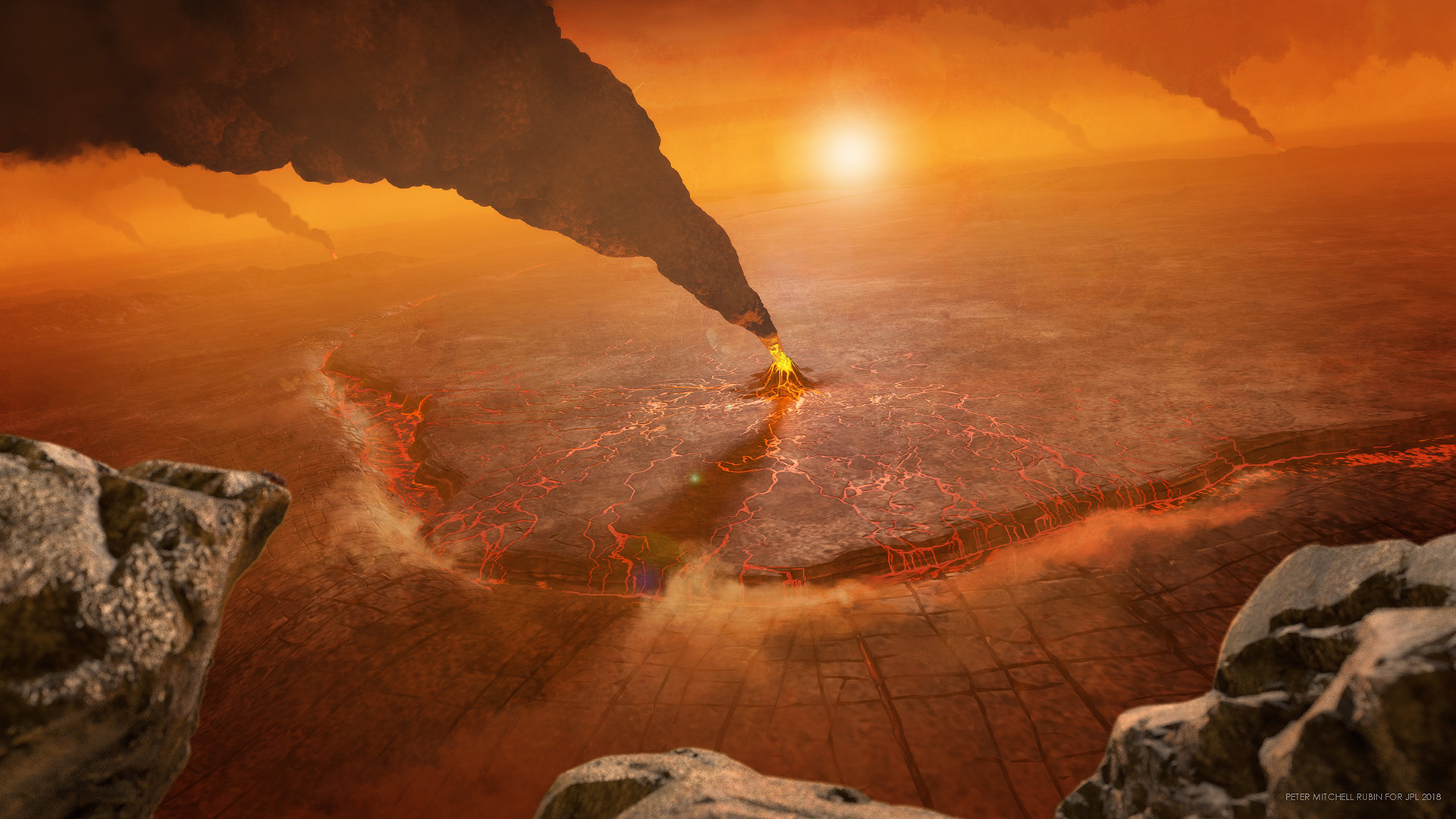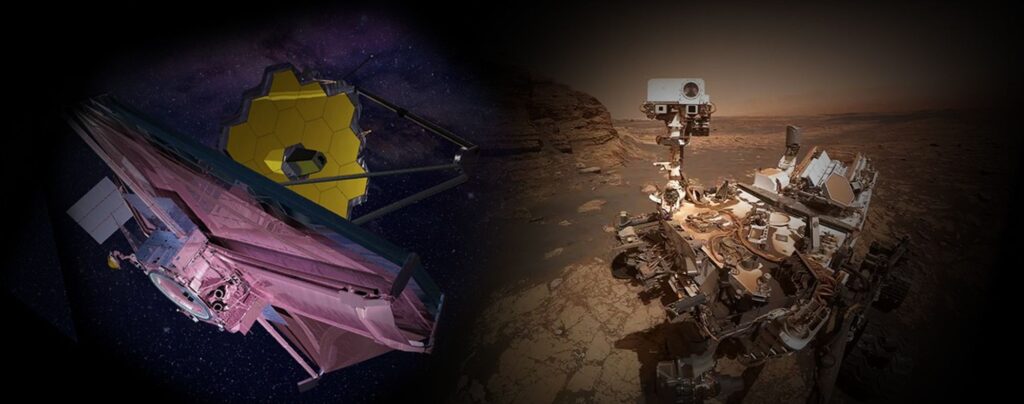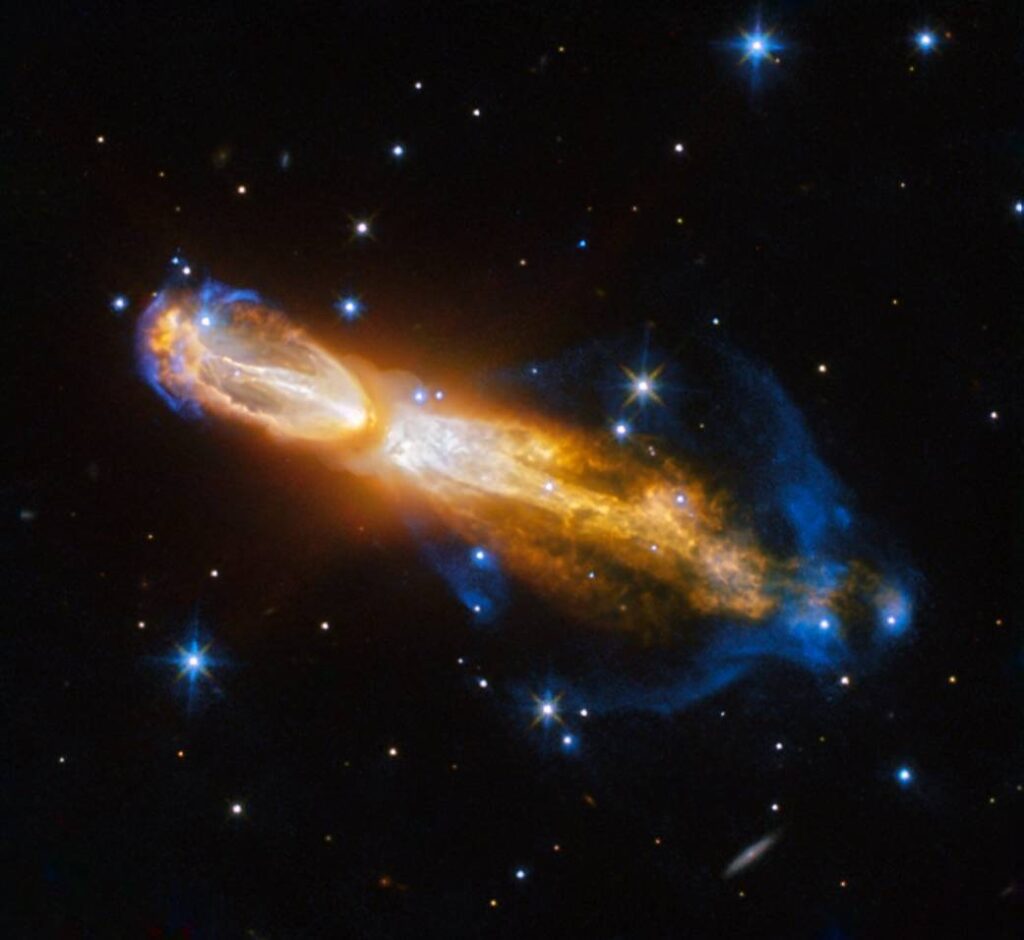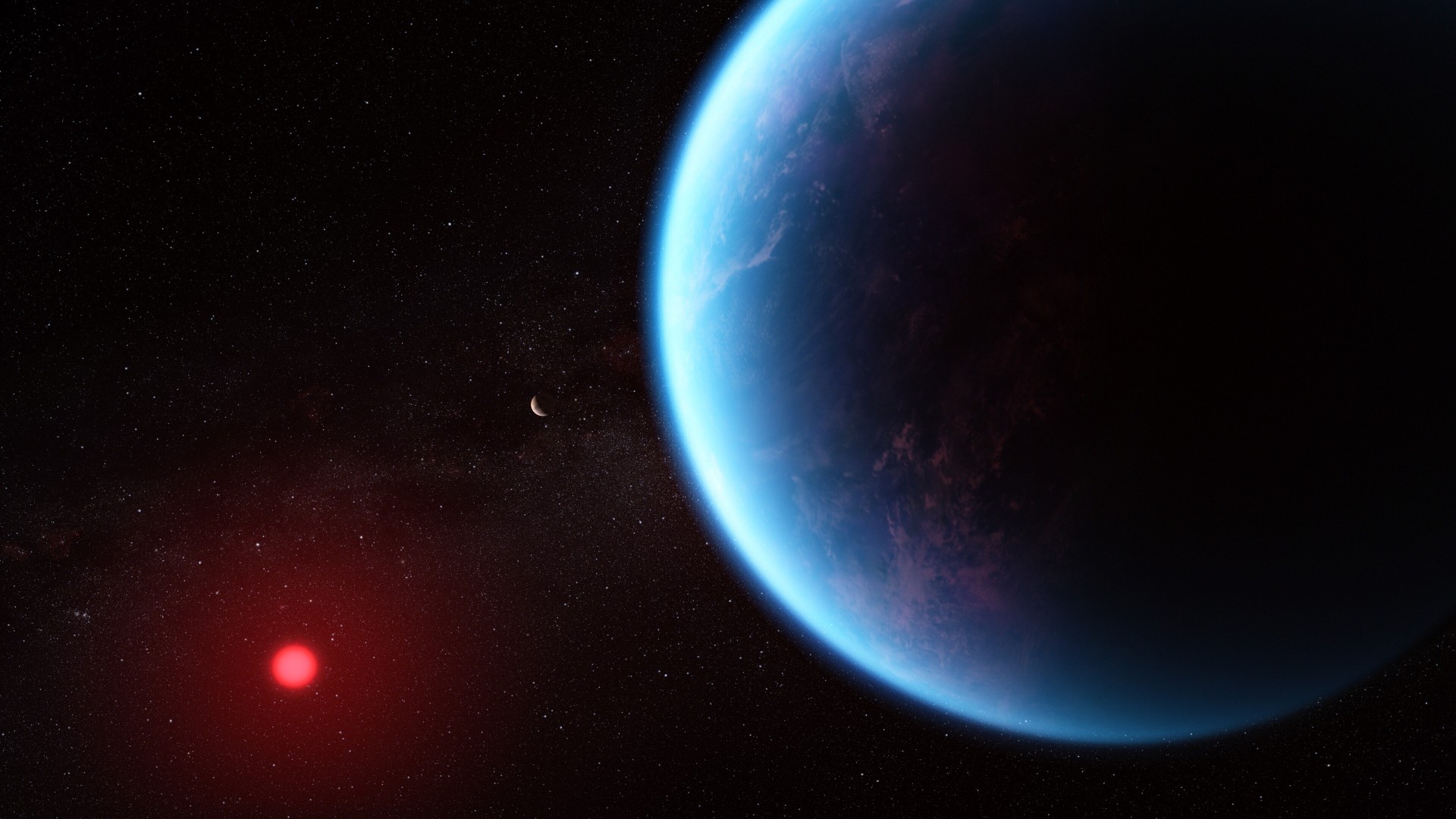Now Reading: NASA’s Magellan Mission Sheds Light on Venusian Geology
-
01
NASA’s Magellan Mission Sheds Light on Venusian Geology
NASA’s Magellan Mission Sheds Light on Venusian Geology


NASA’s Magellan mission, which operated over three decades ago, continues to yield groundbreaking insights into Venusian geology. Through the study of large, rounded geological structures known as coronae, scientists are now better understanding the tectonic processes shaping Venus’ turbulent surface. This exploration transcends mere curiosity; it provides a glimpse into the dynamic history of a planet that, while often compared to Earth, exhibits radically different geological behavior.
Coronae, some of the most prominent features on Venus, are formed by the interaction of mantle plumes—buoyant material rising from the mantle—pushing against the planet’s solid crust. The study revealed that these coronae vary widely in size, ranging from 60 km to a staggering 2,500 km across, and differ in shape and geological context. Their diversity designates them as vital tools for deciphering Venus’s geologic history, akin to fossils for understanding the evolutionary journey of life on Earth.
Gael Cascioli, leading the study from the University of Maryland and NASA’s Goddard Space Flight Center, emphasized the significance of coronae in revealing Venus’s active geological processes. “Coronae are not found on Earth today; however, they may have existed when our planet was young and before plate tectonics had been established,” he noted. His research provides compelling evidence that ongoing geological activities, akin to Earth’s tectonic mechanisms, may still take place beneath the surface of Venus.
This new understanding stems from a meticulous examination of the interactions between the mantle plumes and the lithosphere, the combined solid crust and upper mantle of Venus. The study identified two primary scenarios wherein these interactions contribute to surface renewal through crustal recycling. One scenario involves lithospheric dripping, where chunks of rock from the lithosphere sink into the mantle. The other scenario portrays a more dynamic system, wherein the plume actively displaces surrounding material towards the mantle in a process reminiscent of subduction observed on Earth.
The research involved sophisticated 3D modeling that compared these plume-lithosphere interactions with topographical and gravity data from the Magellan mission. This approach allowed scientists to classify 75 of the studied coronae, revealing 52 as active, indicating that geological processes are indeed altering Venus’s surface even today.
Coauthor Anna Gülcher of the University of Bern highlighted the ramifications of these findings, stating, “The most exciting thing for our study is that we can now say there are most likely various and ongoing active processes driving their formation. We believe these same processes may have occurred early in Earth’s history.” This insight into the tectonic mechanisms of Venus not only enriches our understanding of our planetary neighbor but also opens avenues of inquiry about the formative years of Earth itself.
In terms of future exploration, the study sheds light on the wealth of information that upcoming missions, like NASA’s VERITAS and ESA’s EnVision, can extract from Venus. With their advanced gravity mapping capabilities, these missions are poised to revolutionize our comprehension of Venusian geology, allowing researchers to analyze more than 400 coronae, many of which were previously obscured due to the limitations of Magellan’s data resolution.
The implications of these new findings extend beyond Venus. They offer a robust framework for understanding geological processes across our solar system, prompting reflections on Earth’s ancient landscapes before the dawn of plate tectonics. By studying the past through the lens of coronae, we may glean valuable lessons about the very processes that foster life on Earth.
The methodology employed in analyzing Magellan’s data is an impressive fusion of advanced computational approaches and geological science. Central to this study is the innovative use of 3D modeling to simulate interactions between the mantle plumes and the lithosphere. By integrating topographical and gravity data, researchers were able to develop a detailed picture of Venus’s geological dynamics. This rigorous approach not only identifies active coronae but also contextualizes their formation within the broader narrative of planetary evolution.
At the outset, researchers examined topographic data to delineate the geometries of the coronae, establishing the likelihood of various scenarios influencing their formation. This preliminary analysis was crucial as it laid the groundwork for further investigation using gravity measurements. Gravity data, captured by Magellan’s Synthetic Aperture Radar (SAR), allowed scientists to determine variations in density and structure beneath the surface, ultimately contributing to an understanding of how these geological features formed over time.
Using a sophisticated algorithm, the team was able to refine their analysis by correlating topography with gravitational anomalies. This two-pronged approach not only confirmed the active status of coronae but also categorized them into different stages of development: early, mid-life, or inactive. Such an understanding is paramount in constructing a timeline for the dynamics of Venusian geology. For instance, a corona in its early stage may suggest recent mantle activity, whereas an inactive one could indicate a long-standing geological history.
The study’s results highlight the importance of statistical modeling in planetary science. By analyzing 75 selected coronae out of a larger catalog of 740, the researchers uncovered that 52 of these features are currently active, signifying ongoing geological processes that could reshape the planet’s surface. This revelation mimics the geological history of Earth, where tectonic activity is a continual force acting upon the crust. “This method enables us to discern patterns and make definitive statements about the geological processes at play,” Cascioli explained, emphasizing the utility of advanced modeling techniques in planetary analysis.
Looking ahead, the implications of this research are vast, especially in light of upcoming missions. NASA’s VERITAS and the ESA’s EnVision missions are set to redefine our understanding of Venus using cutting-edge technology. With the potential to map the gravity field of Venus with greater precision—improving resolution by a factor of two to four—these missions will unlock a treasure trove of data. Scientists predict that VERITAS alone will be capable of conducting detailed studies on 427 coronae, far exceeding the capabilities of Magellan.
The enhanced clarity of data anticipated from these missions will provide unprecedented insights into the processes that govern Venus’s surface. Notably, the ability to finely resolve features allows for a more nuanced interpretation of lithospheric dynamics and mantle interactions. This could illuminate not just the geological history of Venus, but potentially draw parallels to early Earth conditions, where similar processes might have occurred before the establishment of plate tectonics.
As we move forward, these methodological advancements and the initiation of new missions signal a renaissance in our quest to understand Venus. With each layer of complexity unraveled, scientists inch closer to deciphering the mysteries of our planetary neighbor, paving the way for a more profound comprehension of planetary formation and evolution in the solar system.
Stay Informed With the Latest & Most Important News
Previous Post
Next Post
-
 012024 in Review: Highlights from NASA in Silicon Valley
012024 in Review: Highlights from NASA in Silicon Valley -
 02Panasonic Leica Summilux DG 15mm f/1.7 ASPH review
02Panasonic Leica Summilux DG 15mm f/1.7 ASPH review -
 03From Polymerization-Enabled Folding and Assembly to Chemical Evolution: Key Processes for Emergence of Functional Polymers in the Origin of Life
03From Polymerization-Enabled Folding and Assembly to Chemical Evolution: Key Processes for Emergence of Functional Polymers in the Origin of Life -
 04How New NASA, India Earth Satellite NISAR Will See Earth
04How New NASA, India Earth Satellite NISAR Will See Earth -
 05And Thus Begins A New Year For Life On Earth
05And Thus Begins A New Year For Life On Earth -
 06Astronomy Activation Ambassadors: A New Era
06Astronomy Activation Ambassadors: A New Era -
07SpaceX launch surge helps set new global launch record in 2024















![From CO2- to H2O-dominated Atmospheres And Back — How Mixed Outgassing Changes The Volatile Distribution In Magma Oceans Around M Dwarf Stars [TRAPPIST-1]](https://flyingtomars.com/wp-content/uploads/2025/05/from-co2-to-h2o-dominated-atmospheres-and-back-how-mixed-outgassing-changes-the-volatile-distribution-in-magma-oceans-around-m-dwarf-stars-trappist-1.png)



